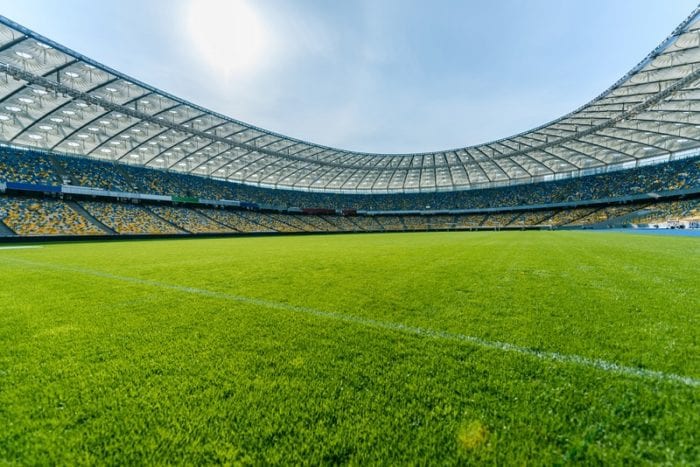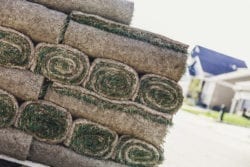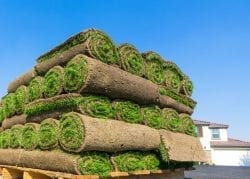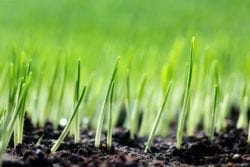How to Prepare Your Sports Field For the Winter
If you manage a sports field of any kind, from a soccer field to a baseball field, you’ll want to prepare this field for the winter so that it remains in good condition and continues to be usable during the chilly winter months. With the changing of the seasons, fields must also adapt so that the sod is ready for the springtime without the need for an entire field replacement. Here are some important tips and guidelines that will help you winterize your sports field.

Have a Plan
No matter which type of sod you’re going to be managing, the health and quality of your field largely depend on how well it’s maintained over the winter season. If you want to make sure that the field is ready come springtime, it’s important that you set a maintenance plan for the winter season. Without a plan and a schedule to go along with it, you’ll likely find that it’s difficult to keep track of everything that needs to be done to winterize your field. However, keeping a detailed plan allows you to complete maintenance at specific intervals during the summer and fall seasons where little to no play occurs on the field.
For instance, if you’re using natural sod, you’ll want to use the aerification process at least once before winter arrives so that the roots under the grass remain healthy. This process is somewhat disruptive, however, so you’ll need to plan to do it during extended breaks in play. If the field is used practically every day, prepare to go through the aerification process as soon as the fall season is over. Your maintenance plan should also be adaptable so as to account for any inclement weather conditions or a change in schedule. At the very least, have a back-up plan ready for your most important maintenance practices. You’ll also want to have all of the fertilizers, seed, and equipment ready before you need them, all of which we as a fertilizer supplier and grass seed supplier can assist you with.
Consider Cool-Season Grasses
By using a cool-season grass on your sports field, you’ll be able to avoid the need to perform a lot of the maintenance requirements that come with preparing a field for the winter. Some of the most popular cool-season grasses to consider are Kentucky bluegrass and perennial ryegrass. Although each of these grasses has their own unique maintenance requirements, there are some general maintenance tips you’ll want to keep in mind. For one, you’ll want to fertilize the cool-season grass during the fall, as this is the time of year when these grasses grow the most. Through proper fertilization, which can be provided by our fertilizer supplier, you’ll have a substantial amount of turf cover when the spring hits.
If your sports field has fallen into disarray and requires attention before the next season rolls around, consider requesting our services as a sod supplier, as we can provide for all of your sod and turf needs. We even offer topsoil for sod when necessary, so don’t hesitate to give us a call.



